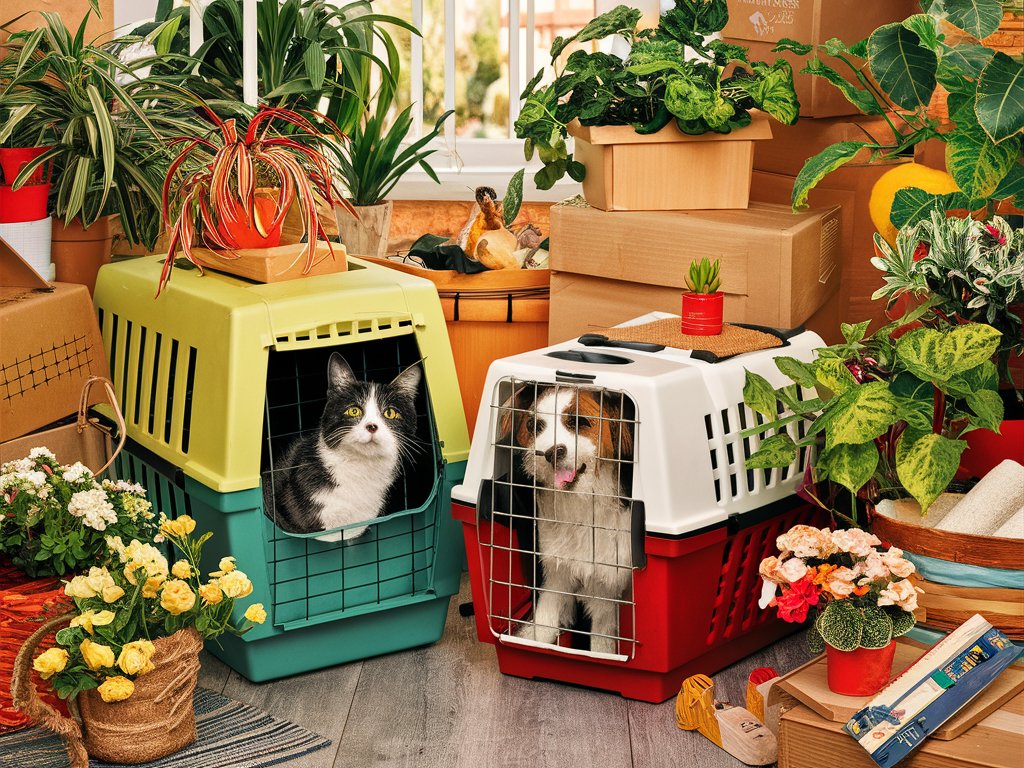If you are moving to another city, you should care for everyone’s comfort – including your pets and plants. The challenges are different depending on the distance and the season. Say, you are moving to Regina somewhere in October; make sure that you have booked the movers service https://realestatemovers.ca/long-distance-moving-company/regina/ and have provided all the necessary information. Somewhere in between packing things go along the checklist to ensure your pets and plants remain healthy and stress-free during the transition.
Preparing Pets
- Schedule a check-up to ensure your pet is healthy enough to travel, obtain health certificates and vaccination records if required. Remember to ask for advice on reducing travel stress.
- Ensure your pet’s ID tags and microchip information are up-to-date with your new address and contact details.
- Prepare a travel kit: include food, water, bowls, a leash, waste bags, a favorite toy, and any medications. Pack familiar items to provide comfort.
- Use a secure and comfortable carrier or crate and introduce your pet to it well before the move to help them acclimate. For flying, check airline pet policies and book a direct flight if possible to minimize stress.
- Acclimate your pet to car travel by taking short trips beforehand. Gradually increase the duration to help them get used to longer travel times.
- During the move, take regular breaks to let your pet stretch, eat, and relieve themselves. Ensure they are always secured when the vehicle is in motion.
Preparing Plants
- Check if there are any restrictions on transporting plants across state lines to avoid confiscation or fines.
- Prune large plants to make them easier to transport. Remove dead leaves and branches, check for and treat any pests or diseases to prevent them from spreading.
- Water plants a couple of days before the move. They should be moist but not waterlogged during transport.
- Packing and labeling: make sure that the containers are sturdy, the pots are secured in place, and the plants have ventilation. Label containers with “Fragile” and “This Side Up” to ensure careful handling.
- Avoid exposing plants to extreme temperatures. If it’s cold, protect them with blankets or insulation. If it’s hot, ensure they stay cool and shaded.
Remember to unpack plants as soon as possible upon arrival. Check their condition and water them if necessary.



